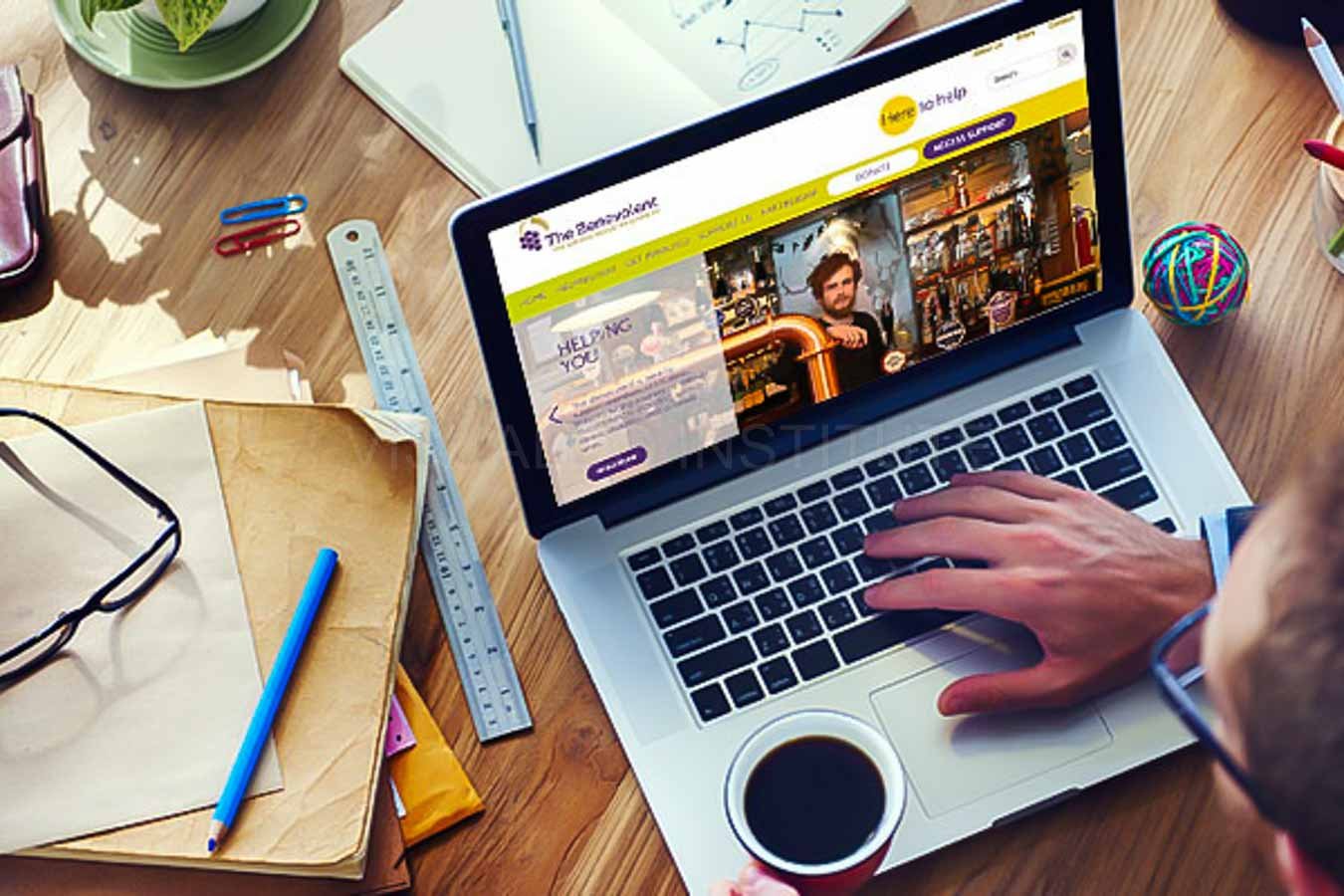The Most Effective Sorts Of Web Design to Enhance Individual Experience and Engagement
In the ever-evolving landscape of digital communication, the performance of website design significantly influences user experience and involvement. Different layout techniques, such as minimal, receptive, and interactive layouts, each deal distinct benefits that can accommodate diverse individual needs. Comprehending which types of website design finest serve these purposes can be critical for companies intending to improve customer contentment and retention. Nevertheless, the inquiry remains: which style aspects really reverberate with individuals and foster meaningful engagement? The exploration of these principles exposes essential insights that might redefine your strategy to website design.
Minimalist Website Design
As electronic landscapes become significantly cluttered, minimal Web layout has actually become an effective technique to boosting customer experience. This layout philosophy prioritizes simpleness, concentrating on important elements while eliminating unneeded distractions. By utilizing enough white room, uncomplicated navigating, and a restricted color palette, minimal layout cultivates clearness and directs user focus to vital web content.
The core concept of minimal Web layout is to produce a seamless interaction for customers. By minimizing cognitive tons, users can promptly comprehend info without feeling bewildered. This straight strategy not only improves usability yet likewise encourages engagement, as site visitors are more probable to discover a website that is easy and aesthetically enticing to navigate.
Furthermore, minimalist style usually emphasizes typography and imagery, utilizing these elements strategically to convey messages effectively. This concentrate on essential elements can boost brand identification and produce a remarkable user experience. Basically, minimal Web style is not just a trend; it is a thoughtful methodology that identifies the significance of user-centered layout. By removing peripheral aspects, developers can create a more appealing, reliable, and pleasurable Web experience for all customers.
Responsive Web Design
In today's diverse electronic setting, receptive website design has actually ended up being essential for producing a smooth customer experience throughout a multitude of devices. As individuals gain access to internet sites on smartphones, desktops, laptop computers, and tablets, the ability of an internet site to adapt its layout and web content to various display dimensions and resolutions is crucial.
Responsive Web style utilizes flexible grids, photos, and CSS media questions to make certain that Web content exists optimally, no matter of the device used. This approach not just enhances the visual appeal of a site however also significantly enhances functionality. Users are more probable to engage with a site that provides a constant experience, as it eliminates the stress of needing to focus or scroll excessively.
Moreover, search engines, consisting of Google, prioritize mobile-friendly websites in search positions. By embracing receptive design, companies can enhance their visibility and get to a wider audience. This technique likewise streamlines site maintenance, as a solitary version of the site can deal with all gadgets, reducing the demand for several variations. In recap, receptive website design is a basic practice that improves individual experience, engagement, and overall complete satisfaction.
Interactive Web Style
Responsive website design prepares for enhancing customer experience, yet interactive Web style takes this an action further by engaging customers in a much more vibrant method - Aligned Position Web Design. By including elements such as computer animations, clickable prototypes, and real-time responses, interactive Web layout astounds individuals, drawing them right into a richer browsing experience
This technique not only promotes interaction but likewise encourages customers to check out content actively as opposed to passively consuming it. Techniques such as gamification, where users gain rewards for completing jobs, can substantially enhance the moment spent on a site and boost total satisfaction. Interactive attributes can streamline intricate information, making it much more absorbable and satisfying.

Including interactive style components can likewise lead to higher conversion rates, as individuals are most likely to involve with a site that actively entails them. Aligned Position Web Design. Ultimately, interactive Web layout changes user experiences into memorable trips, making certain that visitors return time after time
Apartment Design
Characterized by its minimalistic technique, level layout highlights simplicity and functionality, removing unneeded components and concentrating on necessary attributes. This style approach prioritizes functionality, making certain that look at more info users can navigate interfaces with convenience and efficiency. By using a tidy visual, level style gets rid of the mess commonly located in a lot more ornate styles, thus improving user focus on material and performance.
The characteristic of flat style depends on its use of strong shades, simple typography, and geometric forms. These elements contribute to a visually attractive interface that is both friendly and modern. Furthermore, level design cultivates a sense of quality, enabling users to discern crucial actions and info without diversion.
Furthermore, flat design is especially effective in responsive Web style, as its try these out simplicity equates well across different tools and screen sizes. By focusing on important attributes, level style not just satisfies individual needs yet also encourages seamless interaction, making it a crucial element of efficient Web design approaches.
Flexible Website Design
Adaptive website design customizes the customer experience by creating several fixed designs tailored to different screen dimensions and gadgets. Unlike responsive design, which fluidly readjusts a solitary format, flexible design employs distinct designs for specific breakpoints, ensuring optimum presentation on numerous platforms. This approach allows developers to concentrate on the unique features of each gadget, enhancing usability by delivering specifically what customers require based upon their context.
One of the key benefits of adaptive website design is its capacity to enhance lots times and efficiency. By serving tailored web content and images that fit the user's tool, web sites can reduce data usage and improve loading rates. This is particularly advantageous for users with slower links or restricted information plans.

Additionally, flexible style facilitates an extra regulated and consistent branding experience. Because designers create several layouts, they can guarantee that the visual aspects straighten with the brand name's identity across different platforms - Aligned Position Web Design. This causes a natural customer experience, boosting interaction and advertising user retention
Final Thought
In final thought, the integration of minimal, responsive, and interactive website design principles significantly improves user experience and engagement. Minimal layout fosters clarity and emphasis, while receptive style guarantees adaptability throughout numerous tools, promoting accessibility. Interactive layout mesmerizes users through dynamic aspects, motivating exploration and personalization. Collectively, these design approaches add to the development of user-friendly environments that not just boost satisfaction however review additionally drive higher conversion prices, underscoring their important importance in modern website design approaches.

Minimal design fosters clarity and emphasis, while responsive layout makes certain flexibility across numerous tools, advertising access. Collectively, these design comes close to add to the development of easy to use settings that not only boost satisfaction but also drive greater conversion prices, emphasizing their important value in modern Web design methods.